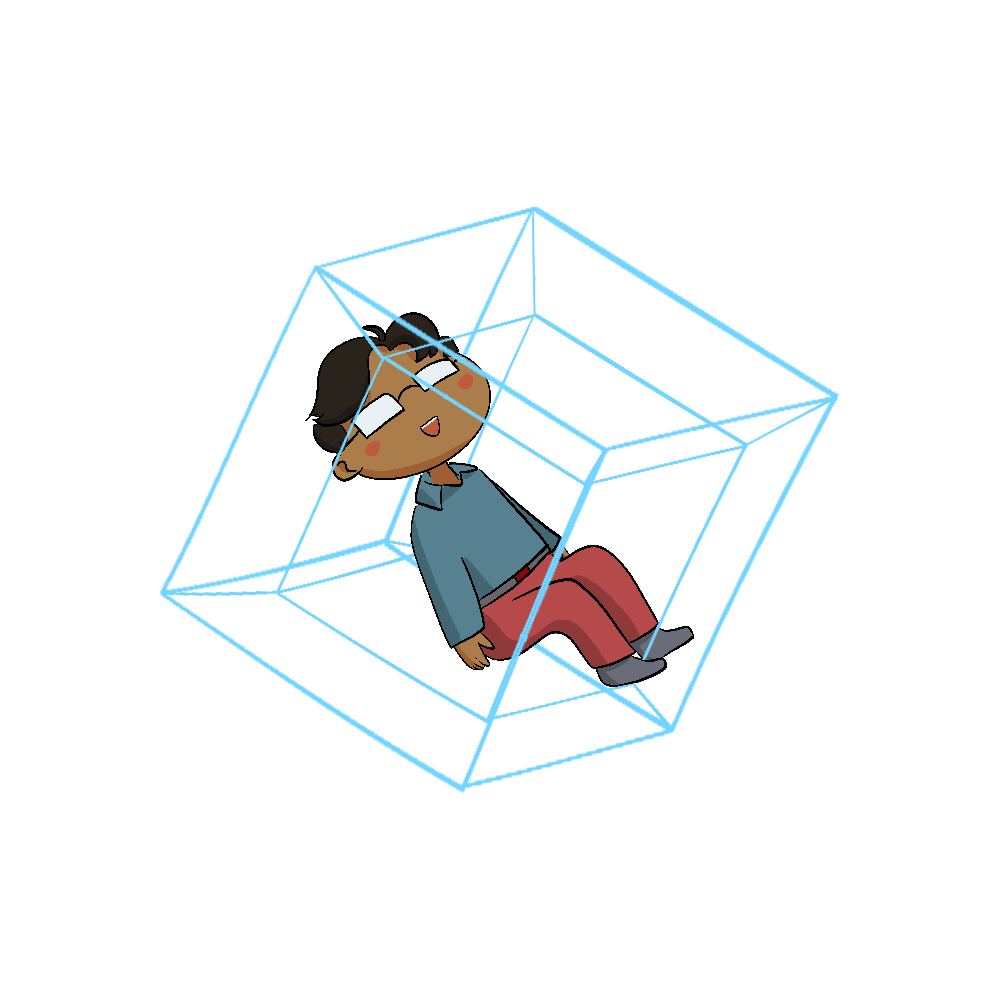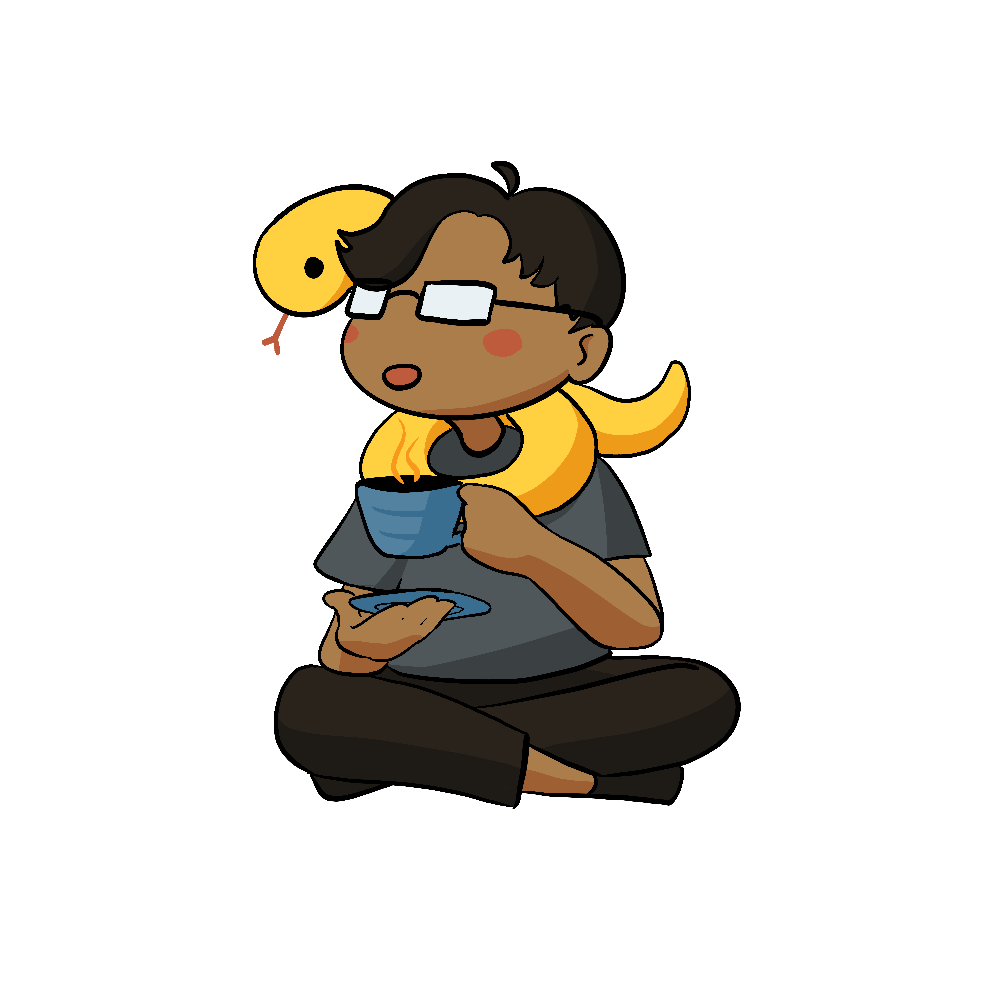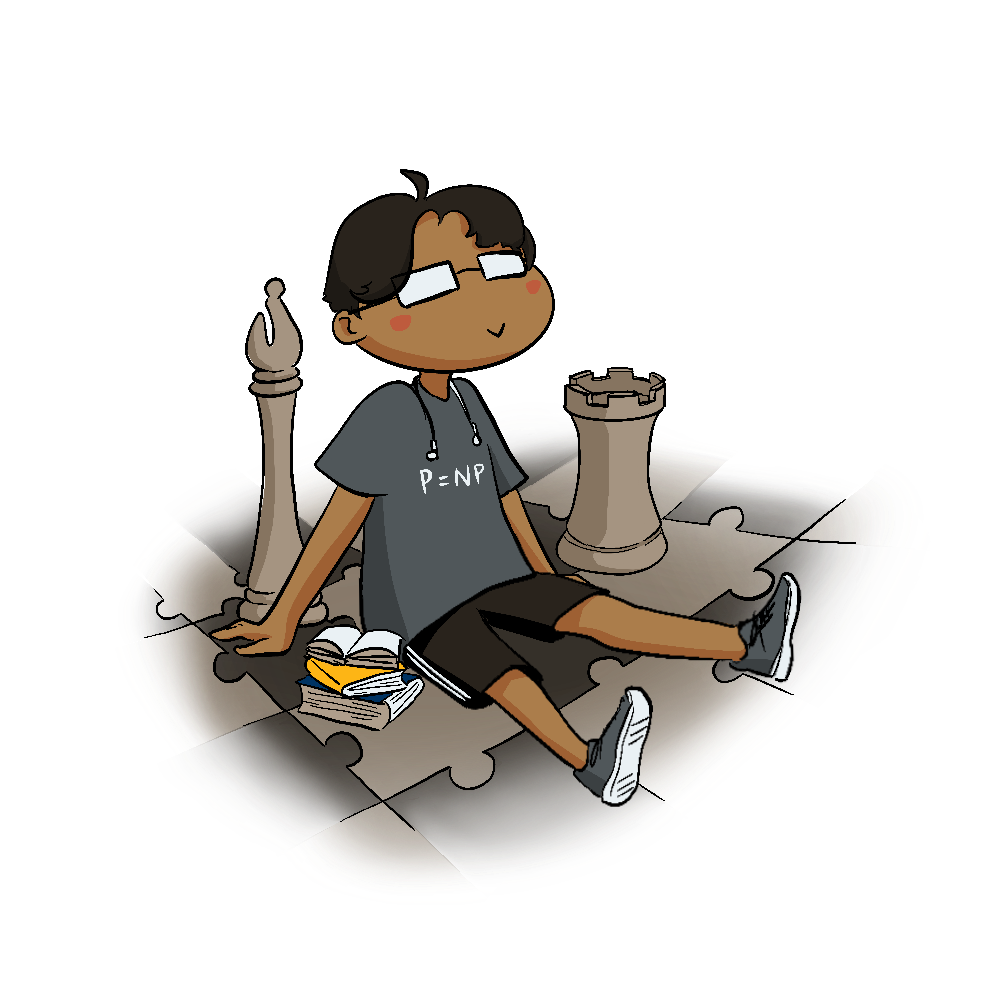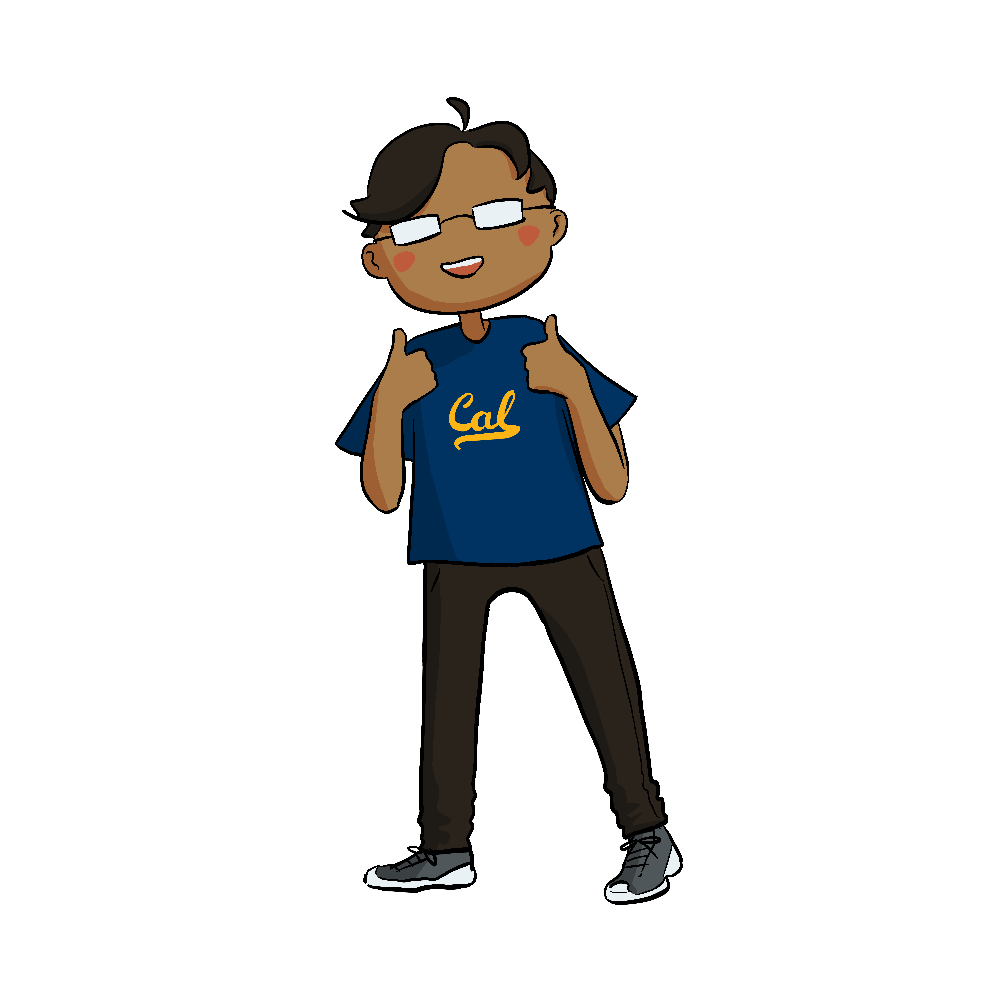Rohan
Jhunjhunwala 
I love
On this site, I continue to document all of my experiences, both technical and nontechnical. These experiences have formed me in a way that will help me be an asset on any development team.
Technical Gallery 
Here are some selected images from past projects. Click on an image to be taken to the relevant repository.
Photo-Realistic Rendering
Double click to get another rotating hypersolid: click to rotate.
Long Tiny Loop
Dynamic Programming Visualization, for Dice Game.
Interpreter/Compiler for a language of my own specification and IDE
Polygonal 3D Rendering along with procedural content generation
Mandelbrot Set Generator
Simulation of partial differential wave equations
Minimax Chess AI, with Alpha Beta Pruning
Second ray-tracing rendering
Number theory problem.
Control music through hand gestures.
The alarm clock that donates $1 to charity for hitting snooze.
VR tool to present Graphs of 2 dimensional slices of n dimensional functions and help present intuitions of higher dimensional geometry.
A soft plushy controller to help relieve stress with video games..
Bored in lecture: convert the lecture to a responsive website!
Embedded tetris
Watch hardware design
Integer Programming Loan Calculator
Experiments in Javascript
As a child, I used to play simple flash games. Now in 2020, flash is deprecated. For the nostalgia, I'm working on my own small Javascript projects.Bongcloud
Inspired by a Code Geass quote, "If a king does not lead, how can he expect is subordinates to follow", a Paul Morphy quote (old Chess Grandmaster), "favor activity over material" and Chogue a chess based roguelike. Bongcloud is a fast-paced game that encourages you to favor activity over material and play agressively by prohibiting castling, and making material plentiful. You can recruit the neutral green pieces to join your team by moving near them, thus bringing an element of diplomacy, and smooth talking to an otherwise violent bloodsport. Bongcloud is also played with a three minute chess clock with no increment.The Proof is Trivial!
... and the context is left as a simple exercise to the reader. For the last two years, I've been collecting quotes. These quotes filled up 40 pages on a google doc, and to me these quotes will always be timeless. I made a website to share some of these laughs, but (un)fortunately out of context. I'll start with an example quote, and give it's context. Atypical is a netflix original series with an autistic, and socially challenged main character despite these limitations, he really shows tremendous emotional and intellectual growth, and delivers some cheeky one liners. For more cheeky quotes (from my friends, teachers, and spotify playlists) (Some quotes are a little PG-13), click here!As for tech this taught me, this taught the importance of data cleaning (I had been manually maintaining this quote document, so the punctuation was inconsistent) and the power of regex to handle unclean data. I also was reminded of the perils





